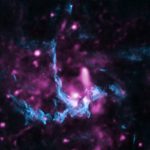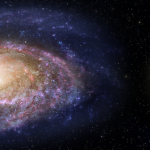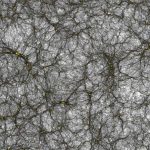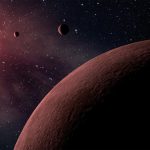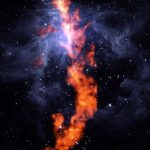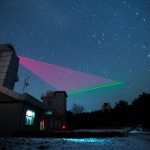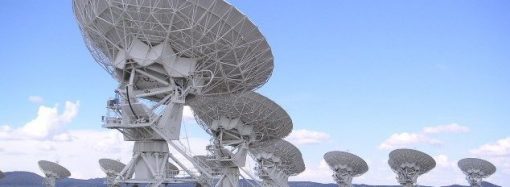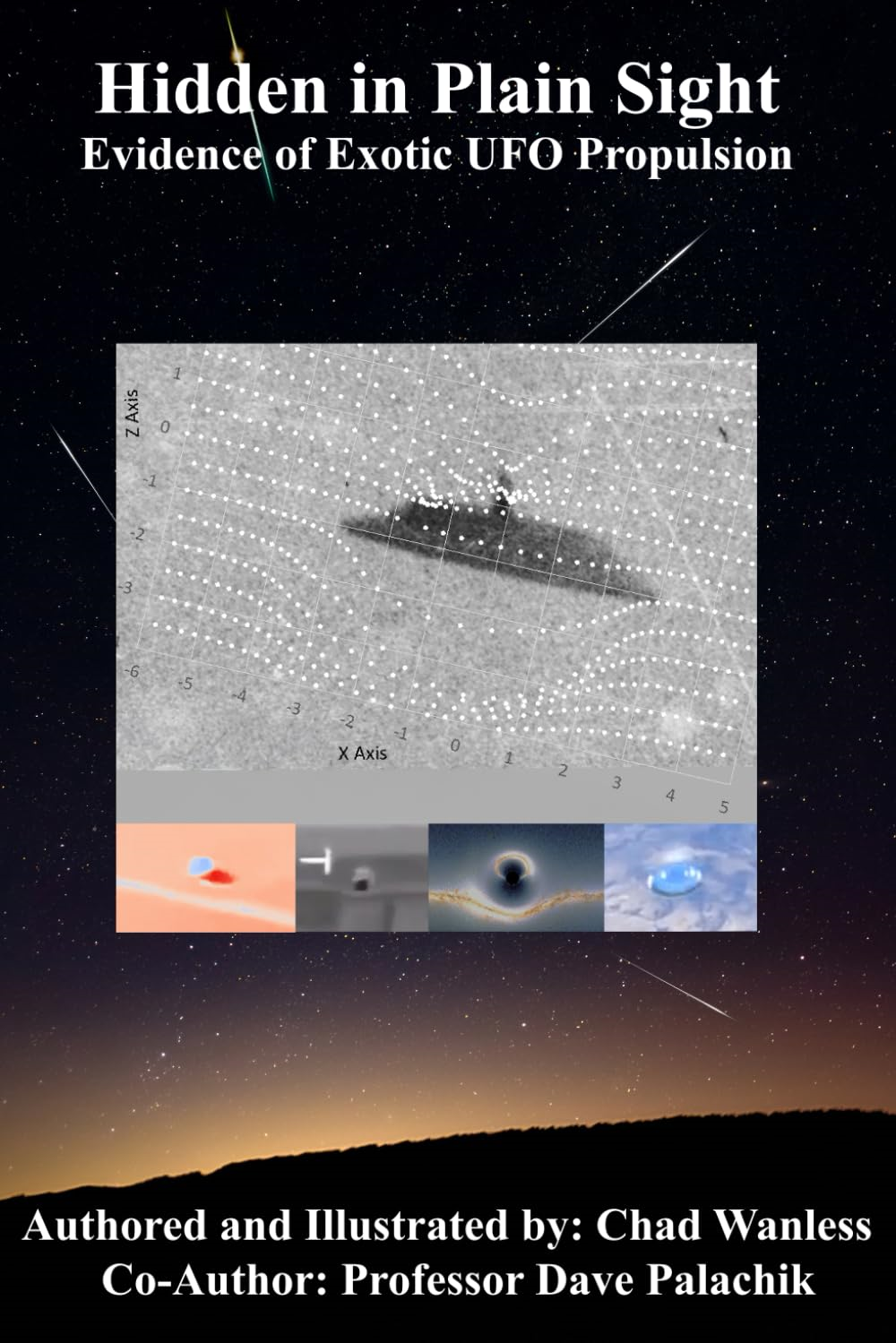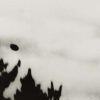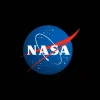General relativity passes test at Milky Way’s central black hole0
- From Around the Web, Space
- June 23, 2017
Einstein’s greatest theory has aced another test. Two stars are speeding around the big black hole at the Milky Way’s core in just the way his general theory of relativity predicted.

